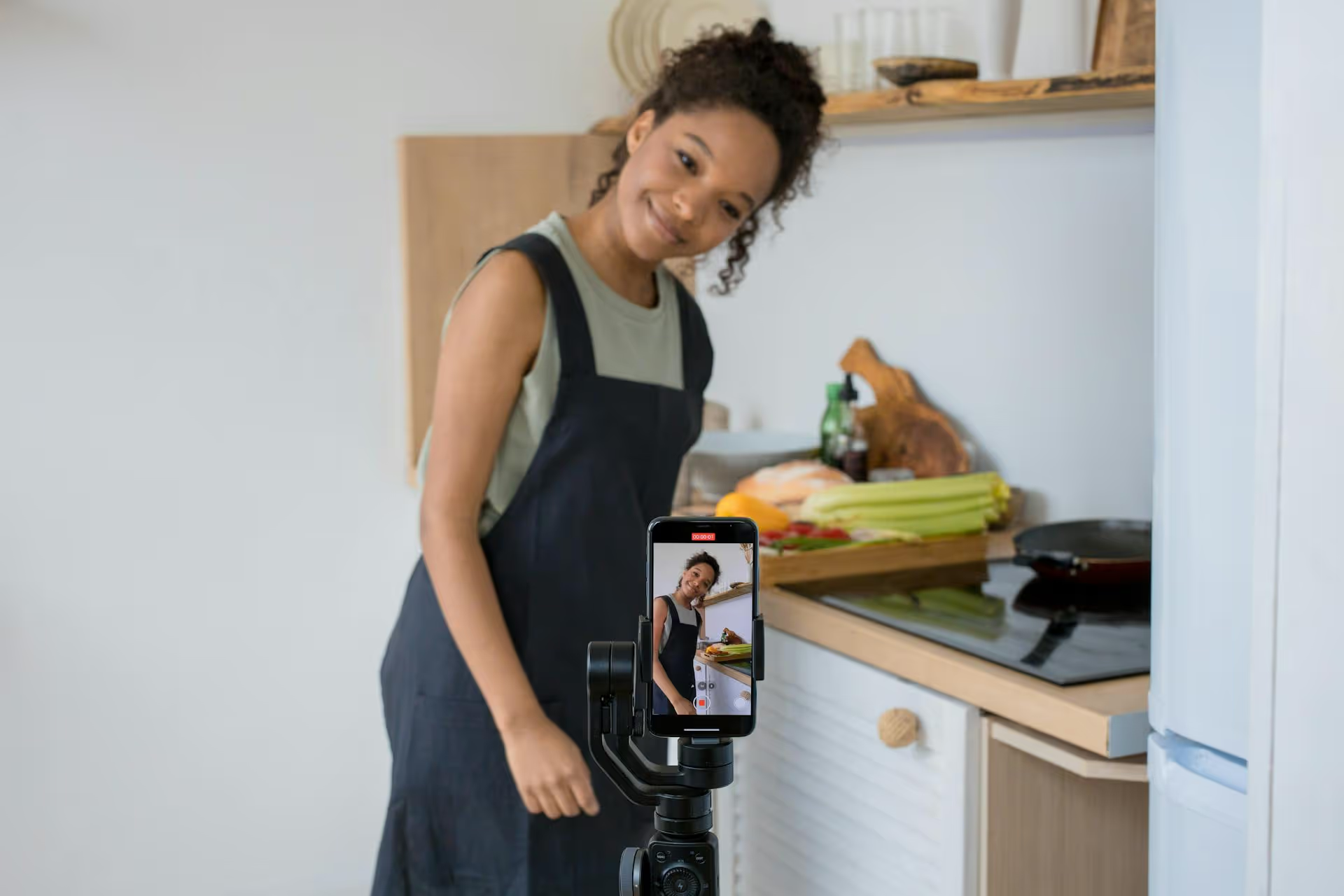How to Add Social Media Icons to an Email Signature
Enhance your email signature by adding social media icons. Discover step-by-step instructions to turn every email into a powerful marketing tool.

Adding a calendar to your Facebook Business Page is a fantastic way to keep your audience in the loop about upcoming events, special promotions, or content themes. It’s a direct line to your community, showing them what’s happening and when. This guide walks you through the best methods available to display your schedule, from Facebook’s powerful built-in tools to clever workarounds that get the job done.
Before jumping into the "how," it helps to appreciate the "why." A well-managed calendar on your Facebook Page isn’t just about listing dates, it's a strategic marketing tool. It transforms your page from a passive collection of past posts into a forward-looking hub of activity and anticipation. For businesses, this is powerful stuff.
Here’s what a public calendar can do for you:
Essentially, a calendar tells your audience that your brand is active, organized, and has exciting things planned for them. Let's take a look at the details to learn how you can set it up yourself!
Here’s the straight answer: the era of simply embedding a third-party, fully interactive calendar grid directly onto your main Facebook feed is mostly behind us. Over the years, Facebook has changed its API and platform layout, meaning a classic Google Calendar widget plopped onto your page isn't a direct option anymore. But wait, that’s actually good news!
Why? Because Facebook's native tools for events are extremely powerful and deeply integrated into the platform in ways third-party apps can never be. An event created on Facebook sends notifications, it appears in users' events sections, and is much more likely to show up in their newsfeeds. The best approach today is to work with the Facebook ecosystem, not try to fight against it.
Let's review the most effective methods to add your upcoming events calendar and other appointments that would benefit from public visibility.
This is, without a doubt, the most effective and recommended way to manage a calendar for your business page. Facebook’s Events feature is a robust, built-in system designed specifically for this purpose. It ensures maximum visibility, mobile compatibility, and user interaction. Events you create are automatically compiled into a chronological calendar list on your Page’s "Events" section.
Creating your first Facebook event is a straightforward process you can do from the Meta Business Suite or your Page's interface on a desktop.
Just creating an event is a great start, but an effective marketing plan is what will lead to success. Your list of events will live in the 'Events' tab, but to boost visibility and engagement, try these pro tips:
While Facebook's native tools are powerful, certain situations might call for using a third-party app to create a custom tab. These apps can allow you to embed external content, such as a full calendar grid from a service like Google Calendar, directly onto your page.
A Very Important Note: This method has a significant drawback. Custom tabs created by third-party apps are almost always only visible on the desktop version of Facebook. Since the majority of users access Facebook via mobile devices, most of your audience will likely never see it. This approach should only be used in specific cases where reaching a primarily desktop audience is the main goal.
If the technical side of apps feels daunting and even the native Events feature seems like too much, this is a super-fast method for you. It relies on pinning a visually appealing post with all your event information to the top of your feed, ensuring it's the first thing visitors see.
Here’s what you need to do:
Benefits of this method: It's fully customizable to your brand's look and feel and serves as an excellent way to drive traffic to your website. The main drawback is that it’s not interactive, and it requires you to manually update the post and graphic whenever your schedule changes.
There are several simple and effective ways to add a calendar to your page and promote your upcoming events. You should consider which method best fits your specific goals, resources, and technical comfort level. The key is to choose a strategy that helps you stay creative and grow your page organically.
Once you start planning special events and the many social posts needed to promote them, your content calendar can fill up quickly. This is where a social media management tool becomes essential. At Postbase, we wanted to build an easy-to-use tool to help you plan everything in one place. Its visual and interactive calendar shows all your events and social posts across platforms so you can see your entire strategy at a glance. Take your planning to the next level with Postbase and leave complex software systems behind.
Enhance your email signature by adding social media icons. Discover step-by-step instructions to turn every email into a powerful marketing tool.
Learn how to add your Etsy link to Pinterest and drive traffic to your shop. Discover strategies to create converting pins and turn browsers into customers.
Grant access to your Facebook Business Manager securely. Follow our step-by-step guide to add users and assign permissions without sharing your password.
Record clear audio for Instagram Reels with this guide. Learn actionable steps to create professional-sounding audio, using just your phone or upgraded gear.
Add translations to Instagram posts and connect globally. Learn manual techniques and discover Instagram's automatic translation features in this guide.
Optimize your Facebook Business Page for growth and sales with strategic tweaks. Learn to engage your community, create captivating content, and refine strategies.
Wrestling with social media? It doesn’t have to be this hard. Plan your content, schedule posts, respond to comments, and analyze performance — all in one simple, easy-to-use tool.